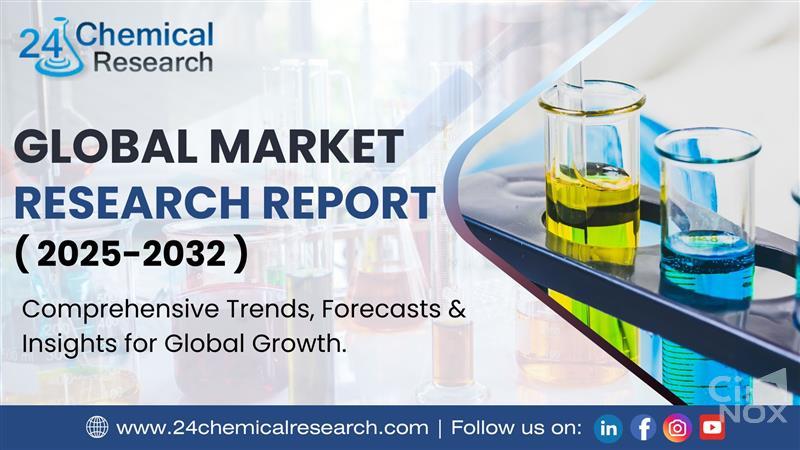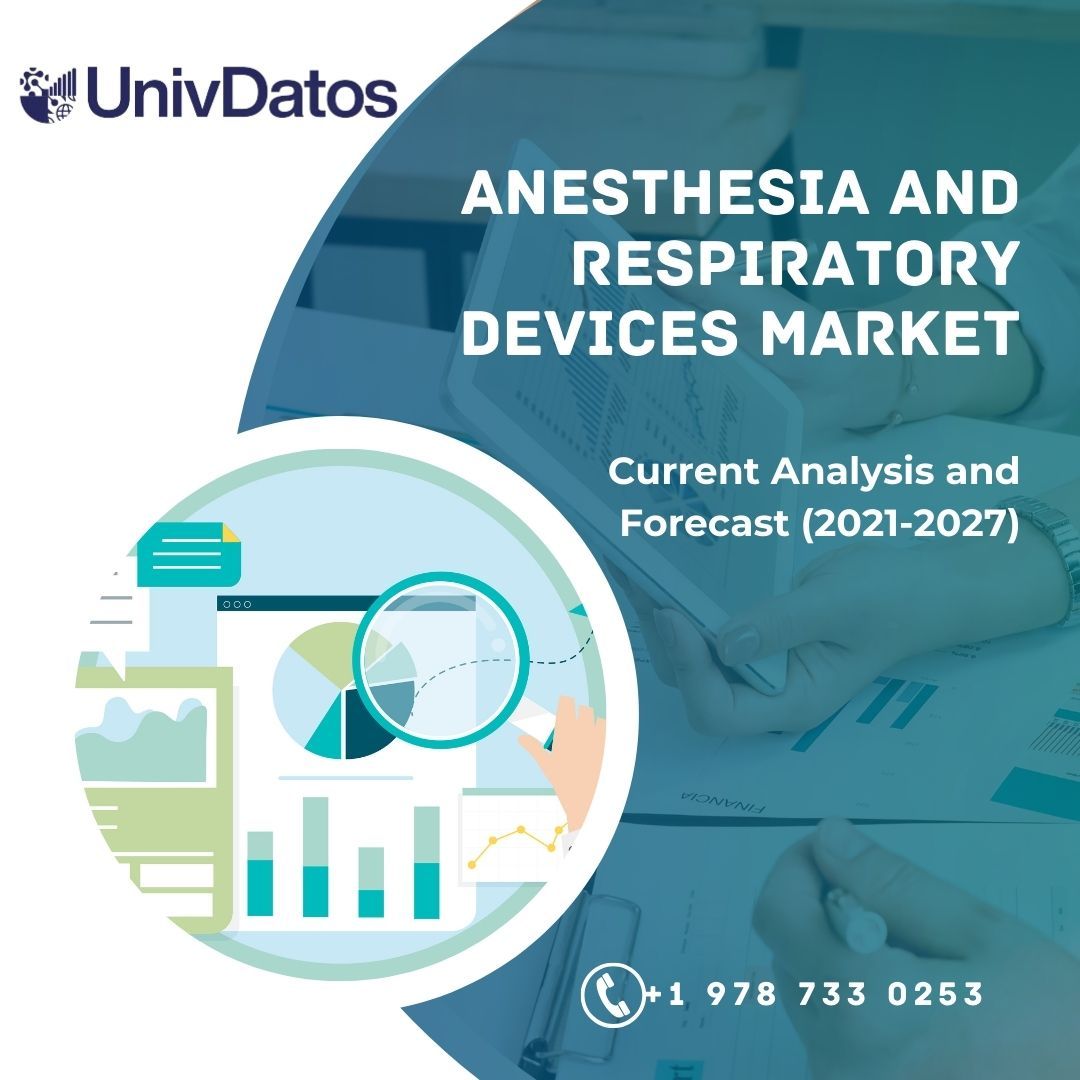High Barrier Laminates Market, Global Outlook and Forecast 2025-2032
The global High Barrier Laminates Market continues to demonstrate resilient growth, with its valuation reaching USD 221 million in 2024. According to comprehensive industry analysis, the market is projected to expand at a CAGR of 6.7%, reaching approximately USD 347 million by 2032. This sustained growth trajectory is primarily fueled by increasing demand from food, pharmaceutical, and consumer goods sectors where product protection and extended shelf life are critical requirements.
High barrier laminates represent advanced packaging solutions engineered with multilayer structures incorporating materials like aluminum foil, polyester, polyethylene, and EVOH. These laminates provide exceptional protection against oxygen, moisture, light, and other environmental factors, making them indispensable for sensitive applications. As sustainability concerns grow globally, manufacturers are increasingly focused on developing eco-friendly alternatives without compromising barrier performance.
Download FREE Sample Report:
https://www.24chemicalresearch.com/download-sample/295237/high-barrier-laminates-market
Market Overview & Regional Analysis
Asia-Pacific currently leads the global high barrier laminates market with a 38% share, driven by strong demand from China's expanding food processing sector and India's growing pharmaceutical exports. The region benefits from rapid urbanization, rising disposable incomes, and aggressive retail modernization. Japan stands out for technological innovation in ultra-thin nano-barrier films, while Southeast Asian nations are emerging as competitive manufacturing hubs.
North America maintains significant market presence at 27% share, characterized by stringent food and pharmaceutical packaging regulations that drive adoption of advanced solutions. The U.S. Plastics Pact initiatives are accelerating the shift toward sustainable packaging alternatives. Europe follows closely with 22% market share, where circular economy principles under the EU Packaging and Packaging Waste Directive are reshaping material development priorities.
Key Market Drivers and Opportunities
The market is propelled by several fundamental factors including the global processed food sector's continuous expansion, pharmaceutical industry's strict packaging requirements, and growing consumer preference for sustainable solutions. Food packaging applications dominate with over 45% market share, followed by pharmaceutical applications at 25%. Technological advancements in barrier materials and the explosive growth of e-commerce logistics present particularly promising opportunities for market expansion.
Recent innovations include transparent high-barrier solutions for premium applications, specialized pharmaceutical-grade laminates with enhanced oxygen barriers below 0.5 cc/m²/day, and smart packaging integration featuring freshness indicators. Emerging markets in Latin America and Africa also offer untapped potential as local processing industries develop and multinational brands expand their regional footprints.
Challenges & Restraints
The high barrier laminates market faces several obstacles including complex recycling requirements for multilayer structures, volatility in raw material prices, and stringent regulatory compliance across different jurisdictions. Production costs remain notably higher than conventional packaging materials, posing adoption challenges in price-sensitive markets. Trade protectionism and inconsistent recycling policies in developing regions further complicate market expansion strategies.
Overcoming these challenges requires continuous innovation in material science, process optimization, and strategic partnerships across the value chain. Manufacturers investing in mono-material solutions and advanced recycling technologies are best positioned to navigate these industry headwinds.
Market Segmentation by Type
Single-layer
Double-layer
Triple-layer
Others
Download FREE Sample Report:
https://www.24chemicalresearch.com/download-sample/295237/high-barrier-laminates-market
Market Segmentation by Application
Food
Medicine
Daily Chemicals
Others
Market Segmentation and Key Players
Amcor PLC
Constantia Flexibles
Berry Global Inc.
Toray Plastics
Cosmo Films Ltd.
Huhtamaki Oyj
Uflex Limited
Polyplex Corporation
Taghleef Industries
Sealed Air Corporation
High Barrier Laminates Market, Global Outlook and Forecast 2025-2032
The global High Barrier Laminates Market continues to demonstrate resilient growth, with its valuation reaching USD 221 million in 2024. According to comprehensive industry analysis, the market is projected to expand at a CAGR of 6.7%, reaching approximately USD 347 million by 2032. This sustained growth trajectory is primarily fueled by increasing demand from food, pharmaceutical, and consumer goods sectors where product protection and extended shelf life are critical requirements.
High barrier laminates represent advanced packaging solutions engineered with multilayer structures incorporating materials like aluminum foil, polyester, polyethylene, and EVOH. These laminates provide exceptional protection against oxygen, moisture, light, and other environmental factors, making them indispensable for sensitive applications. As sustainability concerns grow globally, manufacturers are increasingly focused on developing eco-friendly alternatives without compromising barrier performance.
Download FREE Sample Report: https://www.24chemicalresearch.com/download-sample/295237/high-barrier-laminates-market
Market Overview & Regional Analysis
Asia-Pacific currently leads the global high barrier laminates market with a 38% share, driven by strong demand from China's expanding food processing sector and India's growing pharmaceutical exports. The region benefits from rapid urbanization, rising disposable incomes, and aggressive retail modernization. Japan stands out for technological innovation in ultra-thin nano-barrier films, while Southeast Asian nations are emerging as competitive manufacturing hubs.
North America maintains significant market presence at 27% share, characterized by stringent food and pharmaceutical packaging regulations that drive adoption of advanced solutions. The U.S. Plastics Pact initiatives are accelerating the shift toward sustainable packaging alternatives. Europe follows closely with 22% market share, where circular economy principles under the EU Packaging and Packaging Waste Directive are reshaping material development priorities.
Key Market Drivers and Opportunities
The market is propelled by several fundamental factors including the global processed food sector's continuous expansion, pharmaceutical industry's strict packaging requirements, and growing consumer preference for sustainable solutions. Food packaging applications dominate with over 45% market share, followed by pharmaceutical applications at 25%. Technological advancements in barrier materials and the explosive growth of e-commerce logistics present particularly promising opportunities for market expansion.
Recent innovations include transparent high-barrier solutions for premium applications, specialized pharmaceutical-grade laminates with enhanced oxygen barriers below 0.5 cc/m²/day, and smart packaging integration featuring freshness indicators. Emerging markets in Latin America and Africa also offer untapped potential as local processing industries develop and multinational brands expand their regional footprints.
Challenges & Restraints
The high barrier laminates market faces several obstacles including complex recycling requirements for multilayer structures, volatility in raw material prices, and stringent regulatory compliance across different jurisdictions. Production costs remain notably higher than conventional packaging materials, posing adoption challenges in price-sensitive markets. Trade protectionism and inconsistent recycling policies in developing regions further complicate market expansion strategies.
Overcoming these challenges requires continuous innovation in material science, process optimization, and strategic partnerships across the value chain. Manufacturers investing in mono-material solutions and advanced recycling technologies are best positioned to navigate these industry headwinds.
Market Segmentation by Type
Single-layer
Double-layer
Triple-layer
Others
Download FREE Sample Report: https://www.24chemicalresearch.com/download-sample/295237/high-barrier-laminates-market
Market Segmentation by Application
Food
Medicine
Daily Chemicals
Others
Market Segmentation and Key Players
Amcor PLC
Constantia Flexibles
Berry Global Inc.
Toray Plastics
Cosmo Films Ltd.
Huhtamaki Oyj
Uflex Limited
Polyplex Corporation
Taghleef Industries
Sealed Air Corporation





